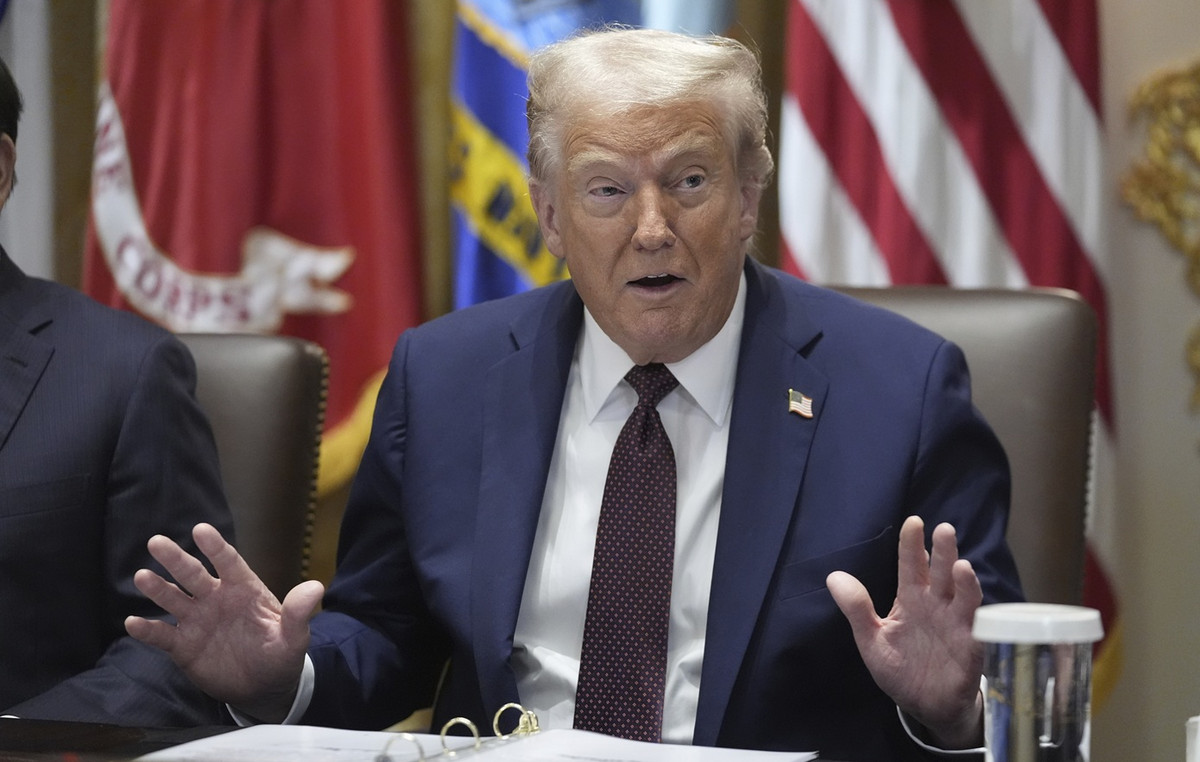The Colombian peso has fallen against the US dollar this Monday after the controversy surrounding the tariffs that the US wanted to impose on Colombia if it did not agree to welcome Colombian deportees.
The Colombian Peso suffers losses today after registering six consecutive days of gains. He USD/COP has risen to two-day highs at 4,251.14 today. Previously, the pair tested a daily low at 4,214.38.
USD/COP is trading at 4,228.51 at the time of writing, gaining 1.28% daily.
Colombia and the United States reach an agreement on deportees
- On Sunday, a diplomatic conflict broke out between Colombia and the United States after Donald Trump announced sanctions and increased tariffs for the South American country for not respecting its deportation policy. The news has weighed on the Colombian peso, which today has seen its value decrease after six previous days of gains.
- Gustavo Petro’s government refused to authorize the landing of two US military planes carrying deported Colombian citizens. Trump’s response was immediate, announcing 25% taxes on Colombian products and threatening to annul the visas of the country’s officials. According to Petro, the refusal was because the US was treating its fellow citizens like criminals.
- Finally, both countries have reached an agreement whereby Colombia will accept these deportations. The White House has announced that sanctions and tariffs will be postponed unless the Colombian government breaches the agreement.
US Dollar FAQs
The United States Dollar (USD) is the official currency of the United States of America, and the “de facto” currency of a significant number of other countries where it is in circulation alongside local banknotes. According to 2022 data, it is the most traded currency in the world, with more than 88% of all global currency exchange operations, equivalent to an average of $6.6 trillion in daily transactions. After World War II, the USD took over from the pound sterling as the world’s reserve currency.
The single most important factor influencing the value of the US Dollar is monetary policy, which is determined by the Federal Reserve (Fed). The Fed has two mandates: achieve price stability (control inflation) and promote full employment. Your main tool to achieve these two objectives is to adjust interest rates. When prices rise too quickly and inflation exceeds the 2% target set by the Fed, the Fed raises rates, which favors the price of the dollar. When Inflation falls below 2% or the unemployment rate is too high, the Fed can lower interest rates, which weighs on the Dollar.
In extreme situations, the Federal Reserve can also print more dollars and enact quantitative easing (QE). QE is the process by which the Fed substantially increases the flow of credit into a clogged financial system. This is an unconventional policy measure used when credit has dried up because banks do not lend to each other (for fear of counterparty default). It is a last resort when a simple lowering of interest rates is unlikely to achieve the necessary result. It was the Fed’s weapon of choice to combat the credit crunch that occurred during the Great Financial Crisis of 2008. It involves the Fed printing more dollars and using them to buy US government bonds, primarily from financial institutions. QE usually leads to a weakening of the US Dollar.
Quantitative tightening (QT) is the reverse process by which the Federal Reserve stops purchasing bonds from financial institutions and does not reinvest the principal of maturing portfolio securities in new purchases. It is usually positive for the US dollar.
Source: Fx Street
I am Joshua Winder, a senior-level journalist and editor at World Stock Market. I specialize in covering news related to the stock market and economic trends. With more than 8 years of experience in this field, I have become an expert in financial reporting.







